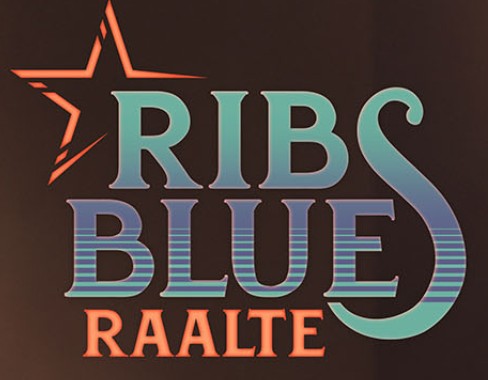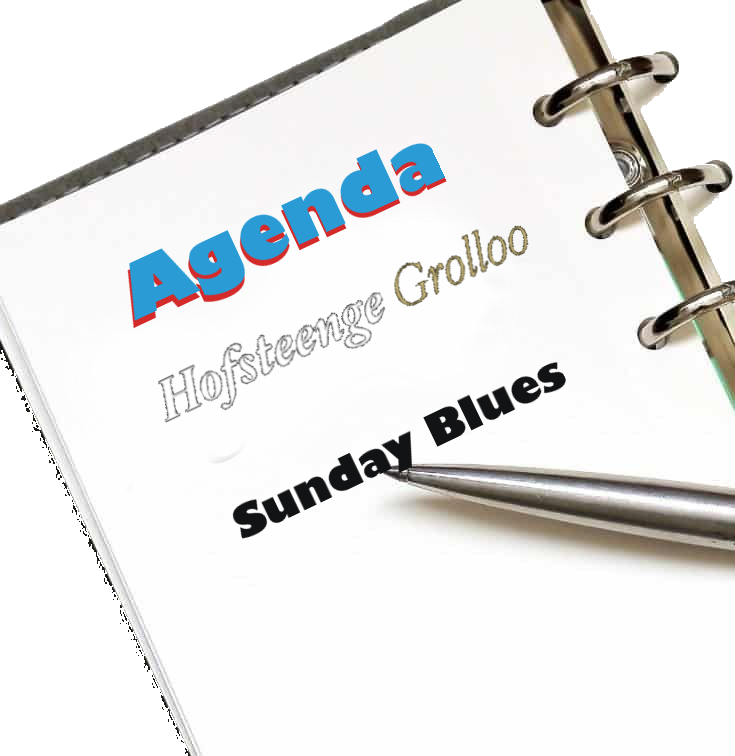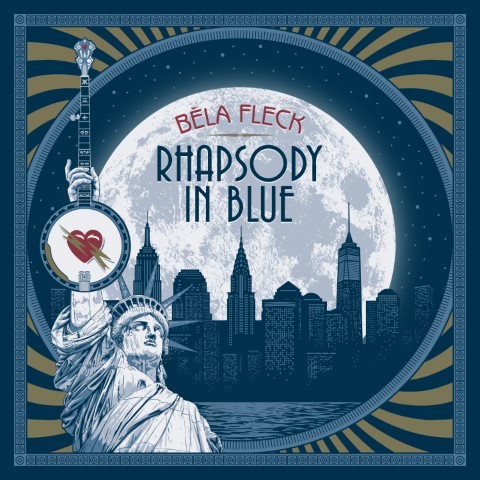Like his groundbreaking projects before, Rhapsody in Blue grew from seminal idea to fruition through Fleck’s blend of inspiration, fearlessness, discipline and respect for the source material. In this case, the seed was planted during his childhood in New York City, when he first heard George Gershwin’s Rhapsody in Blue. His love for the piece only grew through the years, though his work on adapting the music began only recently, during the pandemic.
Having some rare spare time on his hands, Fleck began imagining what, if anything, he might do to reshape Rhapsody’s piano part to the banjo’s strengths and limitations. The composition highlighted clarinet and piano in its original orchestration, with each instrument's characteristics exploited fully, making the idea especially challenging – and piquing his curiosity even more.
“There was a day when I started messing around with a few of the melodies from the Rhapsody,” Fleck recalls. “Soon I was thinking, ‘Gosh, what if I could really play this thing?’ So I started investigating the piano part. At that point my goal was strictly to play the notes as written and see what was actually doable on the banjo. Pretty quickly I realized that this wasn’t possible, partly because I can hit only three notes at a time.
“I was also shackled by the limits of speed,” he continues. “A piano player can play this piece a lot faster than I can. But the truth is, they sometimes rush through it. I’d listen and think, ‘There are lots of great notes in there but they’re going by so quickly that we’re not getting them all.’ That gave me a way to interpret those parts on banjo. It would be a new experience for listeners rather than hearing it banged out on piano for the twenty-fifth time. It could even be revelatory.”
With that epiphany, Fleck concentrated on streamlining the piano part as much as possible without lessening its expressivity and leaving the melody intact. “I had written all these impossible banjo manuscripts,” he says. “At a certain point I had to start changing notes here and there to make it playable.”
As he neared the end of his rearrangement, Fleck began to wonder whether he could take his Gershwin homage further, perhaps by replacing the full orchestra with bluegrass instruments. “My first thought was, ‘Rhapsody in Bluegrass is the most horrible idea I could ever have,’” he admits. “But when I actually started to work on it, I realized that it actually sounds good. It was also much more of a creative process than replicating the piano parts in the original version with orchestra, because we weren’t stuck to the piano part. Now, the piano part is deadly serious; you’ve got to play it right. There’s no fooling around. But with the bluegrass version, we could stretch out, have some fun and make some creative moves.”
There was one roadblock, though: How could the famous unaccompanied clarinet intro, with its bent notes and glissandi, be transferred to banjo? “What can I do?” Fleck asked himself. “Then I started listening to piano reductions and, sure enough, the piano players just held the sustain pedal down and played. So I decided to do the same thing, although I did find ways to bend some notes and add a bit of grease to it.”
As performed by Fleck and fellow virtuosi Michael Cleveland, Sierra Hull, Justin Moses, Mark Schatz and Bryan Sutton, Rhapsody in Bluegrass acknowledges the novelty of the concept while ultimately achieving a successful union of two styles.
Inevitably, as he was finessing this version, another question occurred to Fleck: “I started thinking, ‘Well, if I’m gonna do Rhapsody in Bluegrass, I guess I could do a Rhapsody in Blues. I started plucking away at the banjo and found it was actually fun to play it as sort of a country blues, because once again we weren’t trying to play the piece verbatim. We had plenty of room for creativity.” Fleck was joined on the track by, as he puts it, “The bluesiest guys I know,” – none other than music legends Sam Bush, Jerry Douglas, and Victor Wooten.
But the story continued when his friend, Musicology Professor, Rehearser and Author of Arranging Gershwin: Rhapsody in Blue, Dr. Ryan Banagale reported that he’d found an unexpected treasure in the Library of Congress: an unreleased, unrecorded, “unidentified” Gershwin composition … written for banjo! “It’s very much like a ragtime tune through a Gershwin lens, with a very catchy melody and some surprising harmonic moves at the ends of phrases,” Fleck says. “He didn’t write out the harmony, but the possibilities are quite clear for ‘I Got Rhythm’ types of chords, though a little quirky. To keep the authenticity of the piece, I played it on an old gut-string, five-string banjo.”
To round out the album and give listeners a palette cleanser, Fleck added a solo banjo rendition of Gershwin’s Rialto Ripples, a ragtime novelty that initially flopped when it premiered in 1916, Fleck revisits the lesser-known work with grace and unparalleled precision.
Fortuitously, the album’s release on February 12, 2024 coincides with the 100th anniversary of Rhapsody in Blue’s premiere. As the culmination of his lifelong love for Gershwin and his compositions, Fleck says, “I do hope that he would have loved it, that he would have gone, ‘Man, this is not what I expected, but I’m happy that the artist brought something different to it.’ Classical musicians do that all day long. The great ones find a way to inhabit a piece, and the composer would thank them for bringing themselves into it.
“That is what I would aspire towards, to head in that direction.”
More information: Ingmar Jahn I Mattan Records







Geen opmerkingen:
Een reactie posten